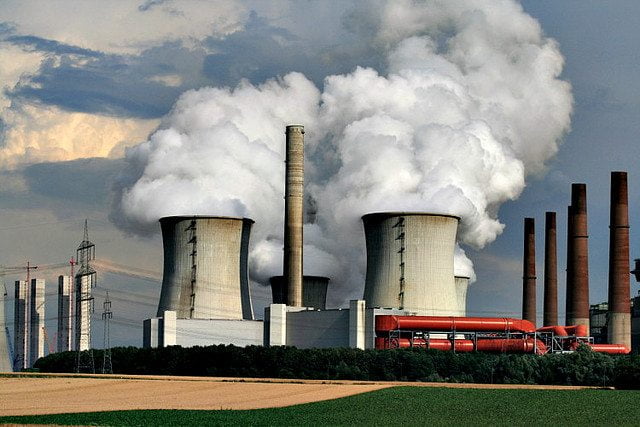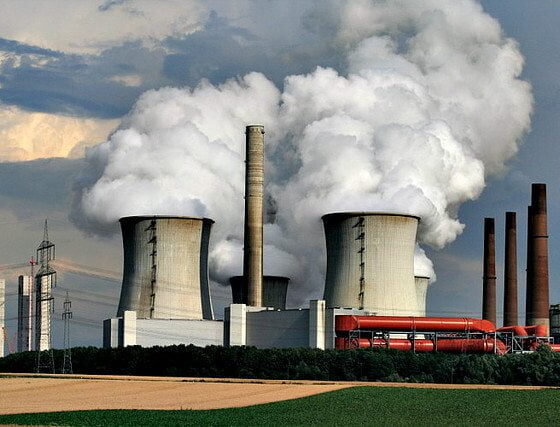

Energy
Coal demand set to reach record 9bn tonnes by 2019
Over the next five years demand for coal will continue to rise, reaching a record breaking 9 billion tonnes by 2019, according to a new report. During this period, China will still not see ‘peak coal’, it adds.
The report – Medium-Term Coal Market Report 2014 – has been produced by the International Energy Agency (IEA). The organisation calls for more investment in high-efficiency coal-fired power plants, especially in emerging economies that could drive demand in the future.
The Carbon Tracker Initiative has previously warned investors that the coal industry could suffer a slump in demand in the medium term as environmental regulation comes in. Separate research from the organisation also labelled thermal coal investments as a “high risk strategy”, arguing that China’s peak demand for coal could happen as soon as 2015.
However, the latest research from the IEA suggests that the slump in demand for coal is still some way off. The report noted that despite China’s efforts to move to cleaner alternative energy sources, the country will still account for 60% of demand growth during the outlook period.
Whilst demand for coal is slowing it is still expected to grow at an average rate of 2.1% each year through to 2019, compared to the 3.3% growth rate seen between 2010 and 2013.
IEA executive director, Maria van der Hoeven said, “We have heard many pledges and policies aimed at mitigating climate change, but over the next five years they will mostly fail to arrest the growth in coal demand.
“Although the contribution that coal makes to energy security and access to energy is undeniable, I must emphasise once again that coal use in its current form is simply unsustainable. For this to change, we need to radically accelerate deployment of carbon capture and sequestration.”
Whilst European countries and the US are cutting coal use, demand from other regions is offsetting the declines. China is expected to be joined by India and other Association of Southeast Asia Nations, which includes Indonesia, Thailand and the Philippines, as the main engines of growth in coal consumption, suggesting that cuts to coal use needs to be far more widespread and encouraged in Asia in particular.
Photo: jonasclemens via Flickr
Further reading:
Sydney University urged to divest from Whitehaven Coal
Thermal coal investments ‘high risk strategy’, say analysts
‘Underestimated’ coal emissions rising 4% per year – study
New lignite coal plants threaten EU climate change targets
Environmental regulation to slow demand for coal, says report


 Environment10 months ago
Environment10 months agoAre Polymer Banknotes: an Eco-Friendly Trend or a Groundswell?

 Environment12 months ago
Environment12 months agoEco-Friendly Home Improvements: Top 7 Upgrades for 2025

 Features9 months ago
Features9 months agoEco-Friendly Cryptocurrencies: Sustainable Investment Choices

 Features10 months ago
Features10 months agoEco-Friendly Crypto Traders Must Find the Right Exchange






























